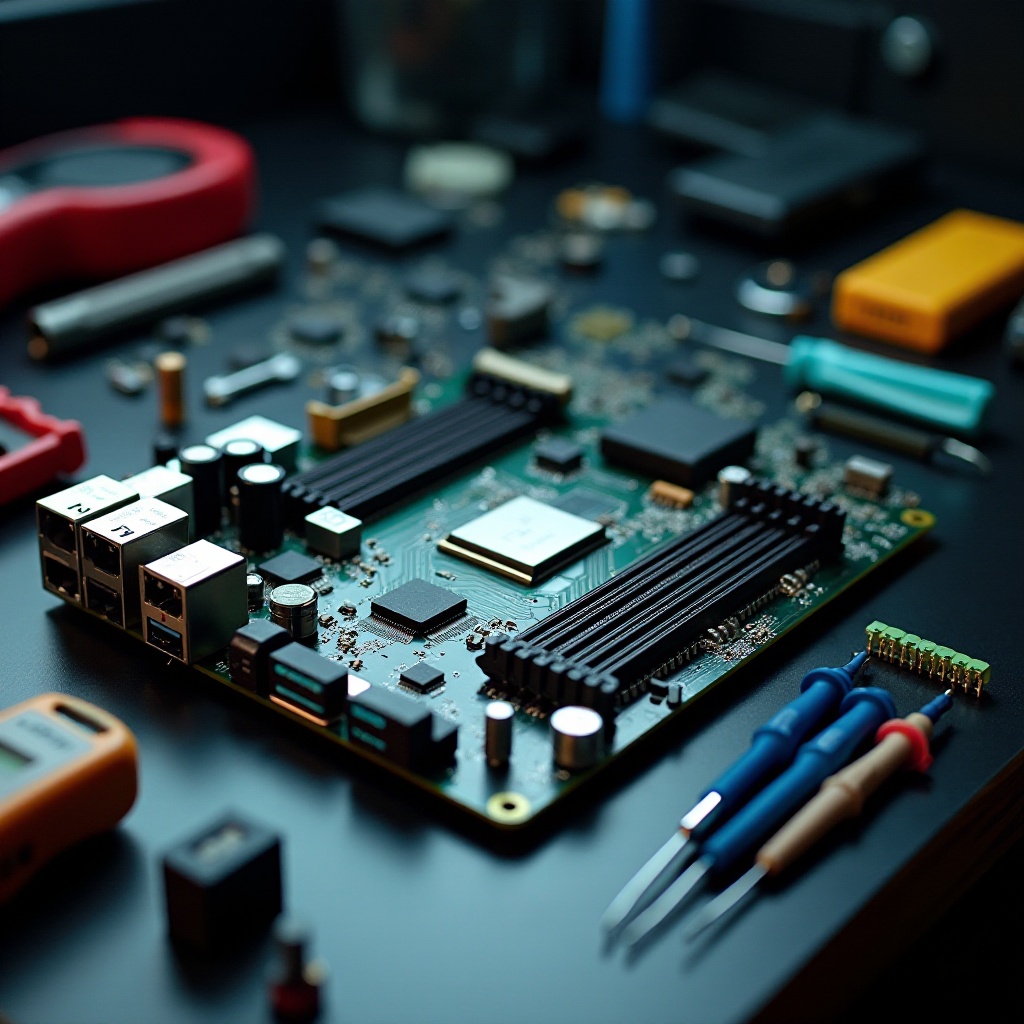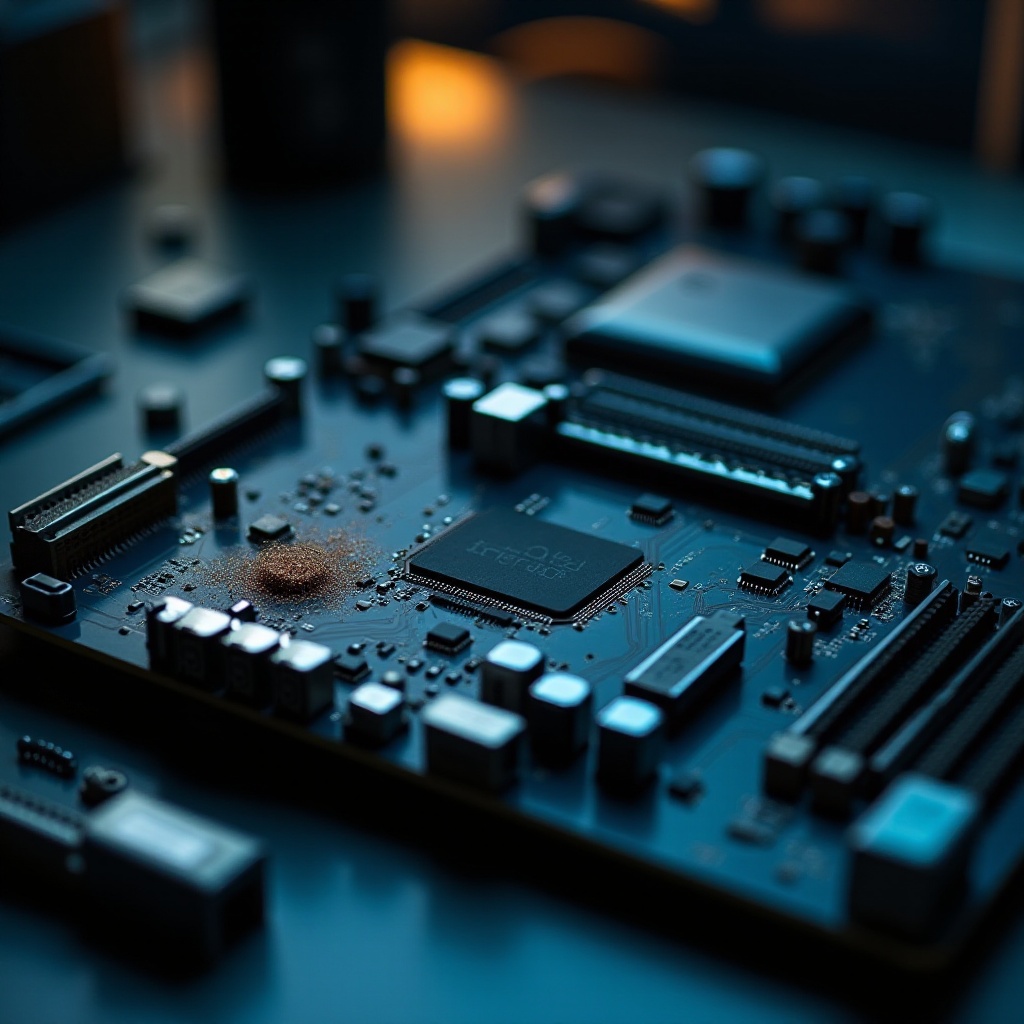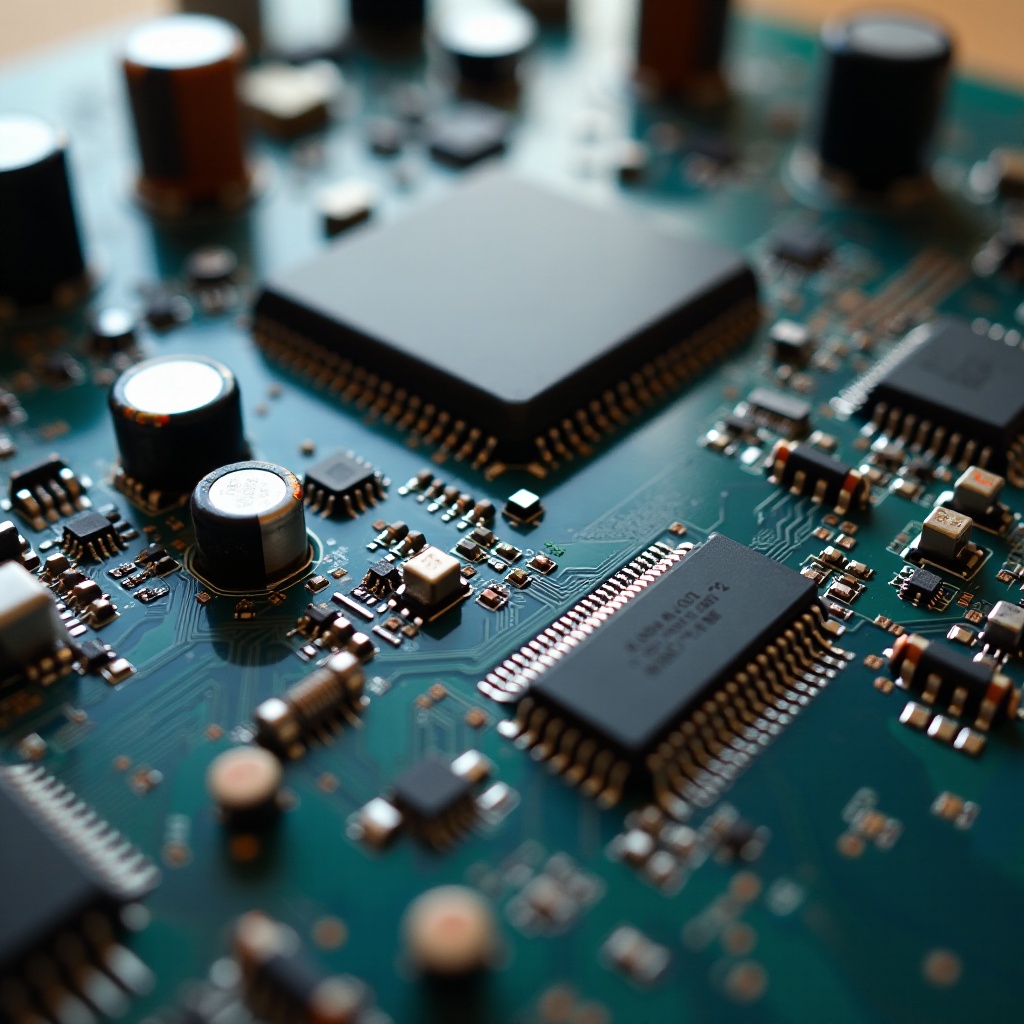Introduction
Your computer’s motherboard is the central hub for all your system’s hardware, coordinating communication and power supply. When it fails, your computer can be rendered useless, preventing you from accomplishing your tasks. Understanding what causes motherboard failure and taking preventive measures can save you from costly replacements and lost time. In this guide, you’ll discover the common causes, symptoms, and preventive techniques to protect this vital component.

Common Causes of Motherboard Failure
Several factors can lead to motherboard failure, putting your system at risk:
-
Physical Damage Risks: Accidental drops or impacts can cause physical harm to the motherboard. Even though the outer case offers some protection, intense force may crack the board or disconnect internal connections.
-
Electrical Issues and Overvoltage: Electrical spikes from power surges can damage the motherboard’s circuits, potentially frying its components. Even minor fluctuations can contribute to long-term degradation.
-
Overheating and Cooling Failure: Effective cooling is crucial for motherboard health. Excessive heat can cause components to fail. Fans, heat sinks, and thermal paste are vital in maintaining acceptable temperatures.
-
Manufacturer and Component Defects: Occasionally, defective hardware makes it to market. These defects may not be evident immediately, leading to unexpected malfunction over time.
Understanding these pivotal issues leads us into examining how external factors can play a role in exacerbating these failures.

Environmental Factors Leading to Motherboard Failure
Even in ideal physical conditions, external factors can threaten the motherboard:
-
Impact of Humidity and Temperature Extremes: Moisture from high humidity can short circuits, while extremely low temperatures can lead to brittle components.
-
Dust and Debris Accumulation in System: Dust buildup can insulate components and increase heat, leading to potential overheating and reduced performance.
Recognizing these environmental risks sets the stage for spotting early signs of trouble, allowing for timely interventions.
Symptoms Indicating Motherboard Failure
Being aware of early warning signs can mitigate extensive damage:
-
Power-Related Issues and Unresponsiveness: Struggling to turn on your computer or unexplained unresponsiveness may be due to failing motherboard circuits.
-
BIOS Errors and Warning Beep Codes: Audible beeps or message errors on startup signal that there’s an internal problem requiring attention.
-
Random System Shutdowns and Reboots: Unscheduled shutdowns or reboots might be symptomatic of poor power management by the motherboard.
These symptoms suggest that it’s time to consider maintenance strategies that prevent worsening damage.
Prevention and Maintenance Tips
Maintaining a healthy motherboard involves several proactive steps:
-
Regular Maintenance Practices: Use compressed air regularly to clean and remove dust from inside your computer, especially around fans and heatsinks.
-
Importance of Using Quality Power Supplies: Invest in a reliable PSU with surge protection to guard against electrical issues and voltage inconsistencies.
-
Effective Cooling Solutions: Ensure cooling mechanisms are operational. Check thermal paste, monitor fan performance, and consider advanced cooling for intensive tasks.
Knowing when to handle these matters yourself or seek expert help can make a significant difference in management.

When to Seek Professional Help
Certain situations call for professional diagnostic evaluation:
-
Identifying Complex Failures: If initial troubleshooting efforts fail or problems recur, a professional diagnosis is warranted.
-
Repair vs. Replacement Considerations: Repairs may not always be cost-effective compared to upgrading or replacing your motherboard. Professional advice can guide these decisions.
Understanding when to defer to professional expertise reinforces strategies to manage your system effectively.
Conclusion
Motherboard failure presents a serious risk to your computer. By understanding its causes and symptoms, and practicing preventative care, you can protect this essential component, ensuring your system’s reliability and longevity. Implementing these strategies fosters a proactive approach to maintaining the core of your computing device.
Frequently Asked Questions
How often should I clean my computer to prevent motherboard failure?
Ideally, you should perform a thorough cleaning every three to six months, depending on your environment.
Can a surge protector completely prevent electrical damage?
While surge protectors can minimize the risk of power surges, they cannot fully protect against all types of electrical damage.
What are the first signs of a failing motherboard?
Early signs include random system crashes, unexpected reboots, and issues during the startup process, such as error messages or beep codes.
